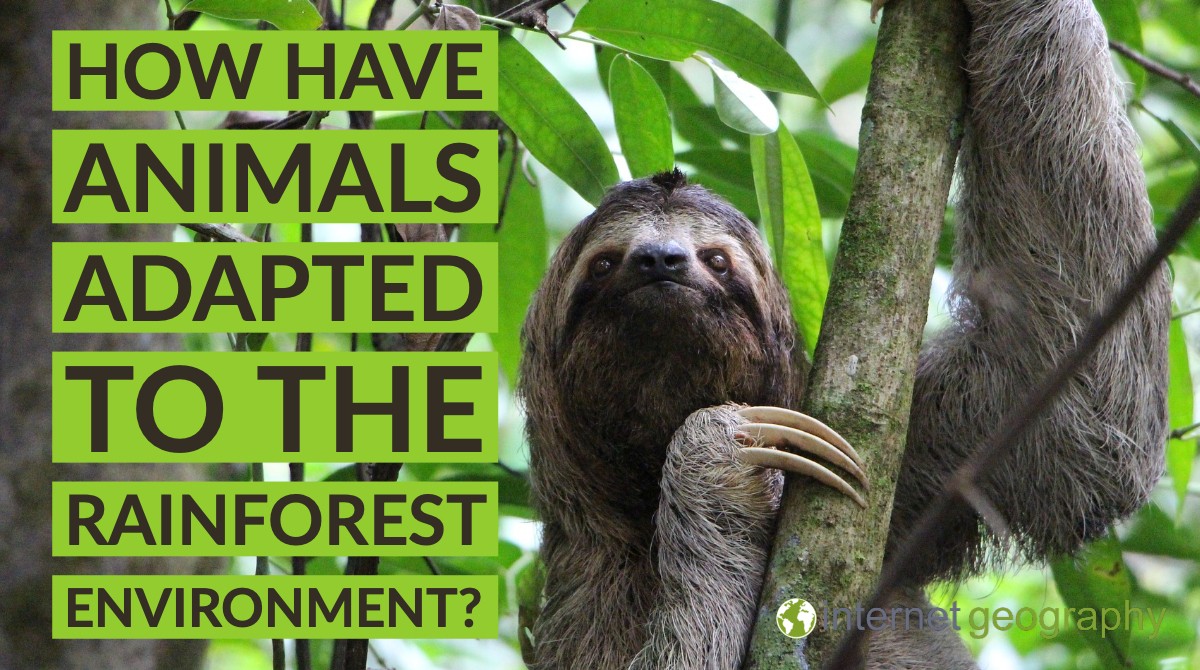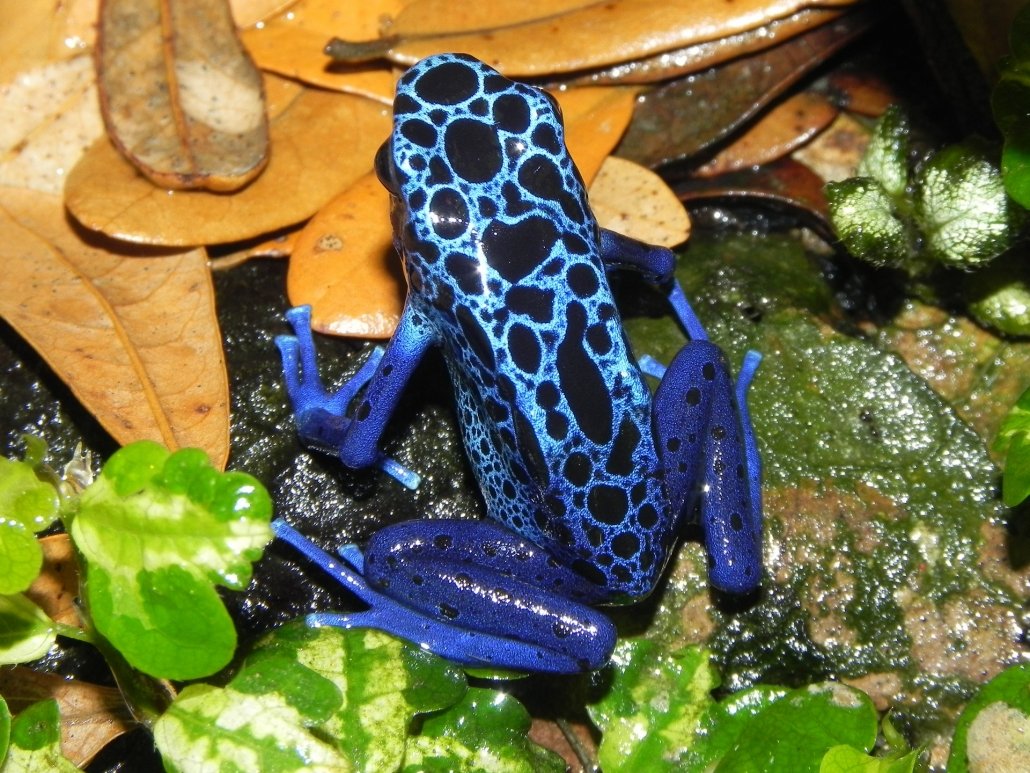Rainforest Animal Adaptations Ks1

Canopy and understory Distribution.
Rainforest animal adaptations ks1. A report about how different animals are adapted to live in different habitats. The upper canopy a deep layer of vegetation roughly 20 feet 6 meters thick houses most of the rainforests animal species and forms a roof that blocks most light from reaching below. Animal adaptations in the tropical rainforest.
A place to raise their offspring babies. Share through pinterest. Costa Rica is home to two of the six species of sloth the Hoffmans two-toed sloth Chollepus.
Green plants and animals in the rainforest. Below the canopy the understory is a low-light layer dominated by shorter plants with broad leaves such as palms and philodendrons. Exploring the amazing ways plants and animals that live in the rainforest have adapted to the unique conditions they are trying to survive in.
Despite covering only between 6 and 7 of the worlds land surface rainforests are home to more than half of all the worlds animal and plant species. Give children a random card and ask them to find out about that creature. Other animals have behavioral adaptations like.
Use the cards to help children to remember the spelling of each animals name. Water this can be from a lake or river or even the side of a plant. We learn about the adaptations of agama lizards penguins bats and camels.
Animal adaptations in the tropical rainforest. Snakes of the rain forest are well adapted to an arboreal or tree-dwelling existence. In this lesson we will be learning how animals adapt to survive in the tropical rainforest.



















